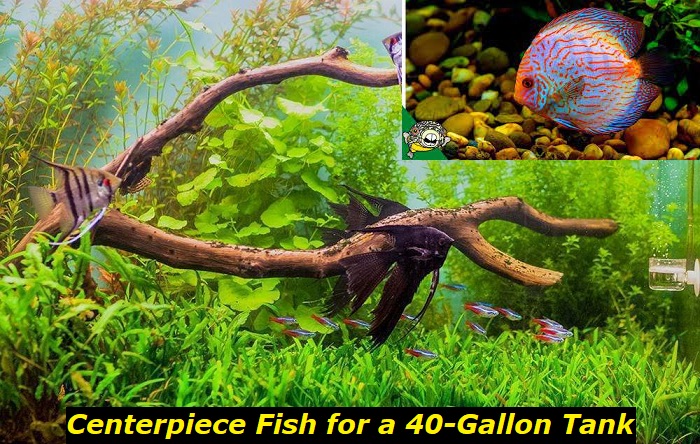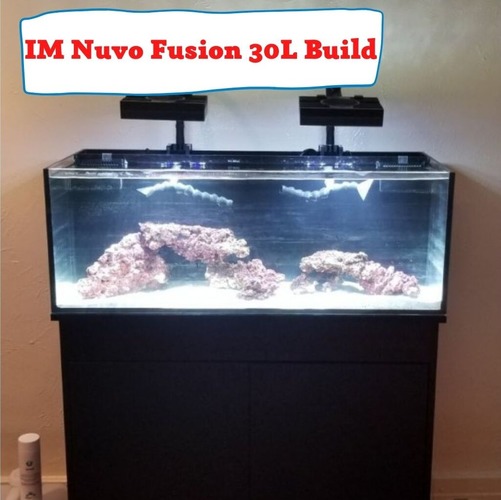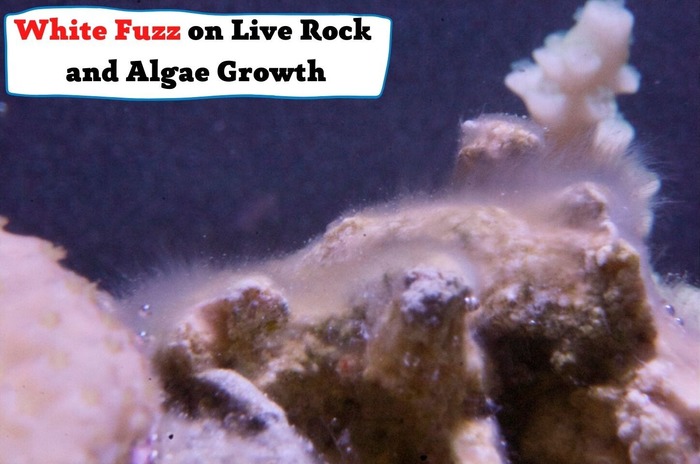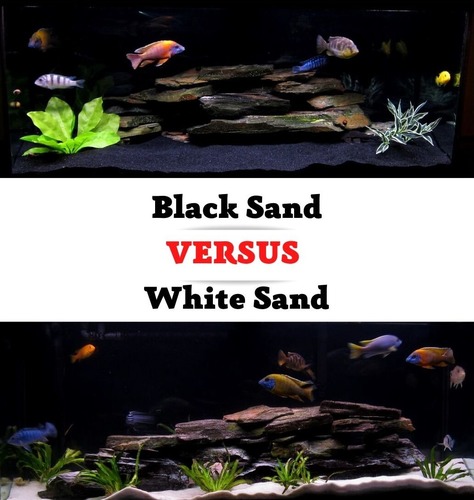Having a centerpiece fish is a great way to enhance the aesthetic value of your aquarium. But choosing one will depend on the size of your fish tank, among many other things.
Are you looking for ideas on which fish to use as a centerpiece for your aquarium?
Check out some of the cool recommendations in this article below.

Some Cool Centerpiece Fish for Your 40-Gallon Tank
Perhaps, one of the most important things you want to consider when choosing your centerpiece fish is its size. This is especially important if you keep a community tank that has much other smaller fish. A centerpiece fish with a mouth big enough to swallow its smaller tank mates is not recommended.
You risk having your smaller fish eaten by your bigger centerpiece fish, especially on the days you starve them, intentionally or unintentionally.
Even when you feed them regularly, there is a chance that the bigger fish might accidentally eat the smaller tank mates. So you want to ensure that the fish you choose as your centerpiece fish is not too big to see its tank mates as food.
Other things you want to keep in mind when choosing a centerpiece fish apart from its maximum size include its care level, coloration, aggression level, and the type of tank you keep. Some fish prefer the regular higher tanks to the shorter breeding tanks because, as top dwellers, they like to spend their time at the surface of the water level.
Ideally, you want a very colorful fish to be your centerpiece fish to enhance the look of your tank. But getting a fish with the least care level is also a plus for your maintenance routine.
Check out some of the cool choices below:
1) Discus
Many hobbyists like discus fish because of their unique looks and funny traits. The discus fish is endemic to the Amazon river basin in South America.
It is remarkable for its distinct shape and color. The discus fish comes in various colorations without any major color. You will usually find different colors running distinctly in unique patterns on their bodies.
They are hard to keep, but if you pay strict attention to their maintenance requirements, you will be successful at keeping them. Discus fish are not called the kings of the aquarium for no reason. They are perhaps the perfect centerpiece fish you need for your aquarium. They top the list.
The most attractive thing about the discus fish is how they maintain a dominant color and several other complementary colors running from their heads to their tails in a curly design.
Although wild-caught discus fish grow up to 6 inches max, some tank-bred discus has reached a remarkable 9 inches in length. However, both sizes will do well in your 40-gallon tank.
For a 40-gallon tank, you want to keep about 3 – 4 discus fish for a mesmerizing display.
2) Betta Fish
The betta fish is very popular in the aquarium trade. The reason is not far-fetched – it has vibrant color and impressively flowing fins.
As proof of its aggressive nature, it is also known as the Siamese fighting fish. They are also called Labyrinth fish but are more specifically described by their scientific name, which is Betta splendens.
This fish is an excellent centerpiece for your 40-gallon tank because its maximum length is no more than 3 inches. They come in various colors, such as blue, white, black, orange, and many more. But these are the most common colors.
However, if you wish to keep bettas as your centerpiece fish, avoiding any tank mate with flowy and colorful fins would be best. Your betta fish might perceive the other fish as a rival, leading to a fight. Bettas are belligerent and may fight to the death if there is another fish in the tank with more colors than they have.
Also, you want to ensure that you do not keep more than one male in the tank. Males tend to be more aggressive. They will fight each other and any other colorful fish in the tank, as they will be seen as rivals.
3) Goldfish
Goldfish have been around for a long time and earned their place in the pet trade as excellent pets. They make great centerpiece fish, especially when you go for the species with more vibrant and uncommon colors.
These species include the Shubukin, Telescope, Pearlscale, Ryukin, Oranda, etc. These varieties have cool colors that will give your tank the aesthetic touch you want. You can choose decorations that emphasize their colors and make them stand out.
One of the interesting things about goldfish is that they are hardly aggressive and will do well in a community fish. The maximum length of a goldfish is around 10-12 inches which means the chances of outgrowing your tank are close to zero.
Another benefit of keeping goldfish is that they are a very hardy species and live for a very long time. Some live more than a decade. So if you care for your fish well, you will have a very enduring centerpiece fish to keep you company for a long time.
4) Agassiz’s Dwarf Cichlid
Also known as the Apistogramma agassizii, the Agassiz’s dwarf cichlid is a colorful fish. The males are usually bigger than the females. They grow up to 3.5 inches at their maximum, while the females grow to a maximum of only about 2.5 inches.
The colors of the Agassiz’s dwarf cichlid vary as they often have different colors running into each other. Some colors you may find on an Agassiz’s dwarf cichlid are red, green, and sometimes gold. These colors are often combined, and they run into each other with a black line that runs from the back end of their eyes to their tails.
This black line usually has a little silver-white around the upper part of the Agassiz dwarf cichlid’s body. All these colors fade harmoniously into each other to give the fish a spectacular and appealing appearance.
The males are slightly more colorful than the females. But whether you choose the males or the females, your tank will have a super colorful fish as a centerpiece.
5) Electric Blue Acara
Although the electric blue acaras are relatively small, they make good centerpiece fish for a community tank because of their generally peaceful nature. This fish species is a man-made hybrid of the blue acara, which is endemic to Trinidad, Central, and South America.
Although they are not too aggressive, the male blue acaras tend to be very aggressive during the mating season. They love planted aquariums as their natural habitat is the free-flowing freshwater streams of South and Central America. You want to replicate their natural habitat in your tank with some live or artificial plants.
The electric blue acaras usually have a vibrant blue color, but the blue is a combination of different shades of blue from their heads to their tails. The different shades of blue coloring run across their bodies. You will often find them with dark blue dorsal fins, a blue-grey head, and pectoral fins with a yellow-blue color. All these different shades of blue harmoniously blend into each other.
They grow up to a maximum of 6-7 inches. So they will do pretty well in your 40-gallon tank. Remember to provide them with a planted aquarium that mimics their natural habitat.
5) Golden Wonder killifish
This beautiful work of nature is known as the Striped Panchax and the Malabar Killifish. Its brilliant colors make it a sought-after centerpiece fish for many hobbyists and pet traders.
This fish is endemic to India and Sri Lanka. It is originally a gray-green striped fish, but over the years, it has been selectively bred to develop a remarkable shimmering gold and blue-green pigmentation across its body.
Unlike many other killifish species, the Golden wonder killifish is remarkable for being a hardy species. It is highly adaptable to almost any aquarium, but you want to stay within its optimal water parameters.
It grows up to a maximum of 4 inches. Also, the males usually have more vibrant colorations than the females. If you plan to keep the golden wonder killifish as your centerpiece fish, you want to keep about 3 – 4 of them, even though they are not strictly schooling fish.
However, keep in mind that they are carnivores and voracious hunters of dwarf shrimps and other smaller fish species. So you want to avoid adding to them a community tank where you have dwarf shrimps, micro rasboras, very small tetras, and danios.
Final Thoughts
Choosing a centerpiece fish goes beyond considering how vibrant its colors are. You want to check to be sure that your tank has the right water parameters. If you keep a community tank, you want to double-check to ensure that your choice of centerpiece is compatible with the other community tank members.
You also want to check the care level to be sure it is the right fish for you and do your best to replicate its natural habitat.
- Snail Mantle Collapse – Here’s What Every Pet Owner Should Know - April 2, 2023
- Algaefix Killed My Fish – What Have I Done Wrong? - March 2, 2023
- How Long Can Live Rock Be Out of Water? And What Will Happen Then? - February 2, 2023




